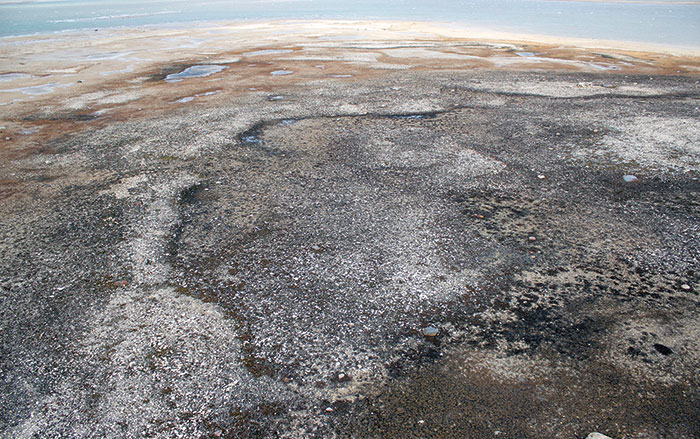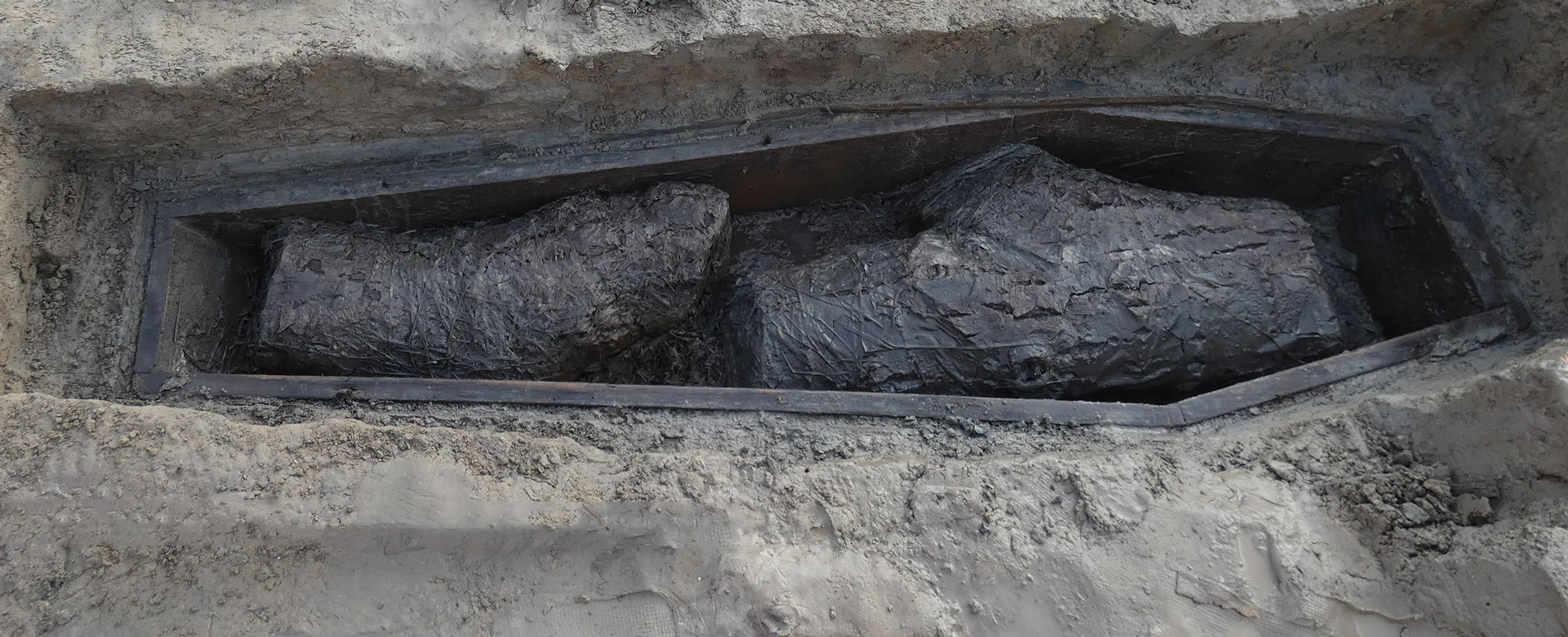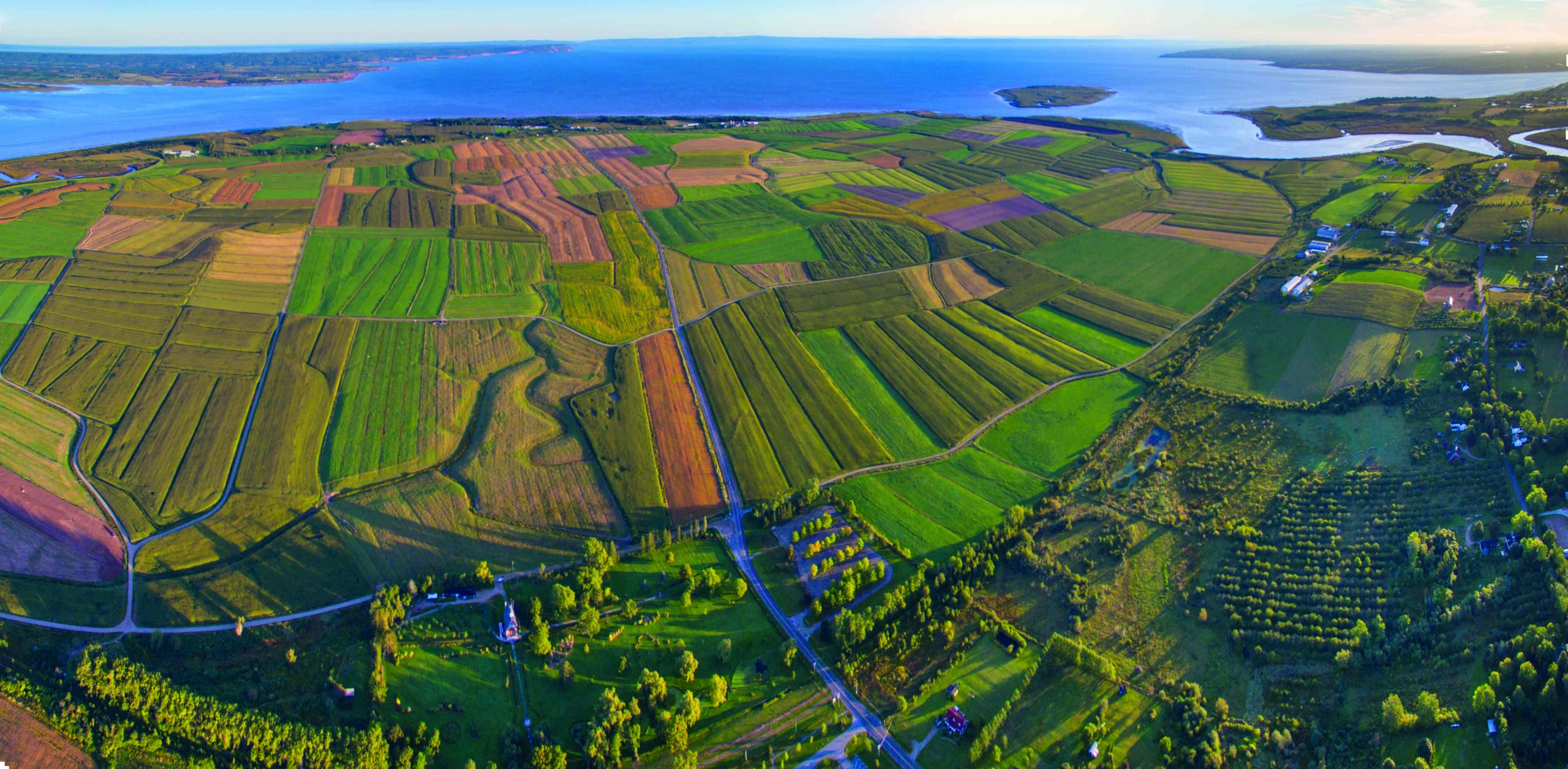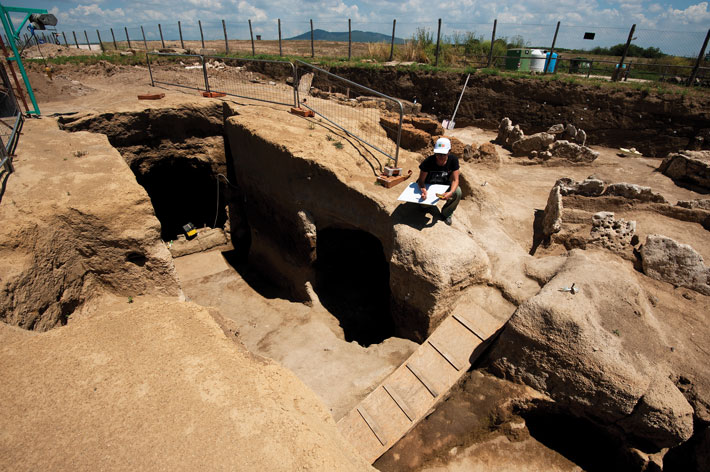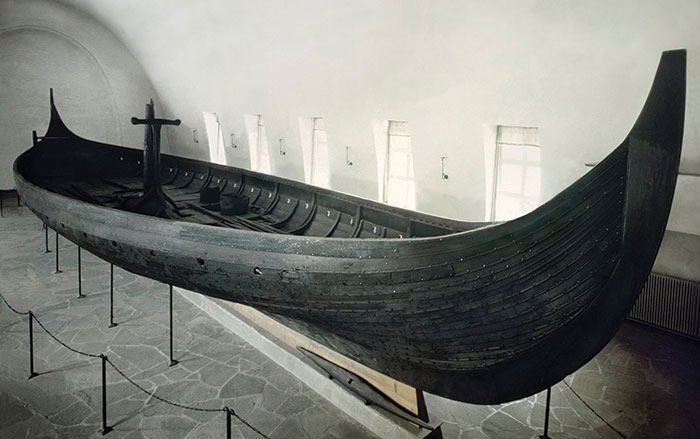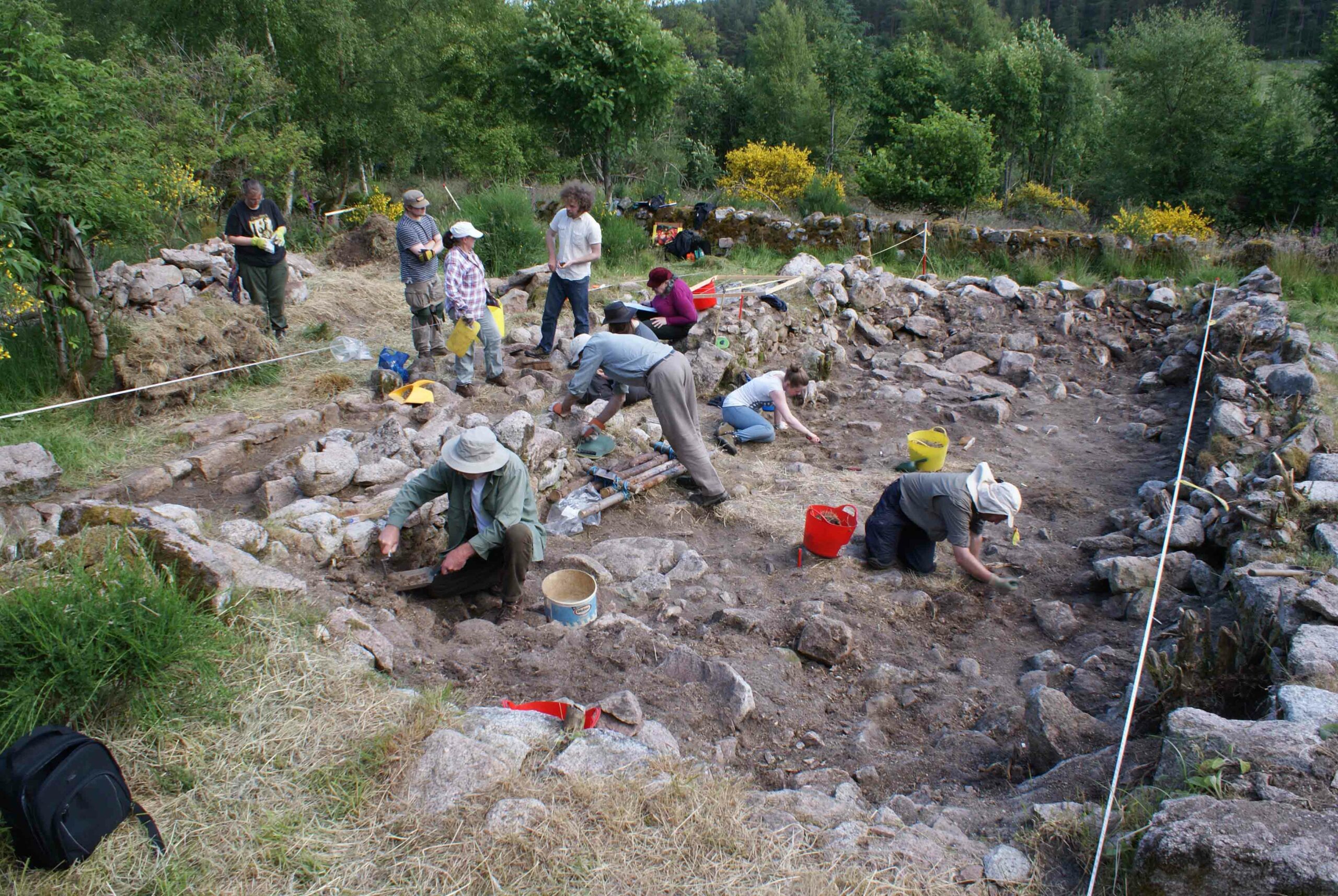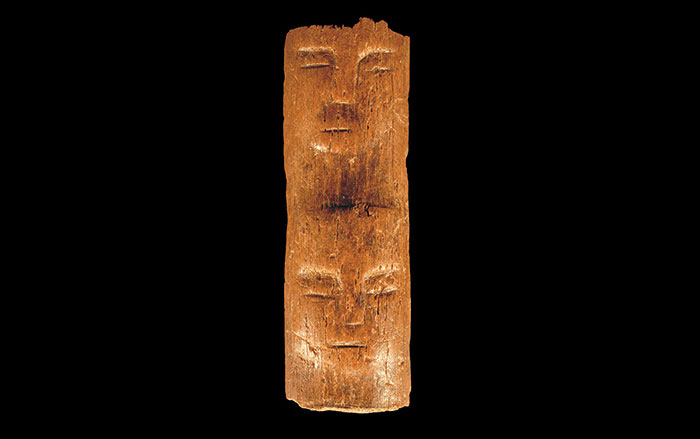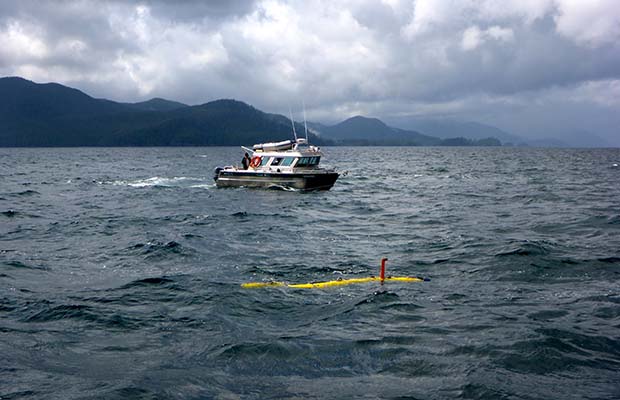
VANCOUVER, BRITISH COLUMBIA—With the help of a robotic underwater vehicle, Quentin Mackie of the University of Victoria and his team have collected information from the sea floor off the coast of British Columbia that could represent evidence of the earliest human habitation in Canada. “We’re not quite ready to say for sure that we found something. We have really interesting-looking targets on the sea floor that, as an archaeologist, they look like they could be cultural,” he told The Calgary Herald. One of the scans resembles a wall of large stones placed in a line at a right angle to the stream bed to form a fish weir. “That’s pretty much the exact archetype of what we were looking for,” he said. To read about how some much later inhabitants of Canada lived, see ARCHAEOLOGY'S "Complete Cruciform Pit House Excavated in Canda."


